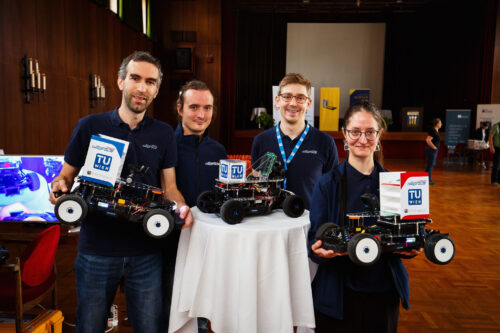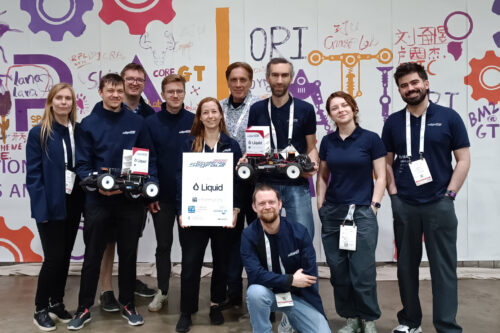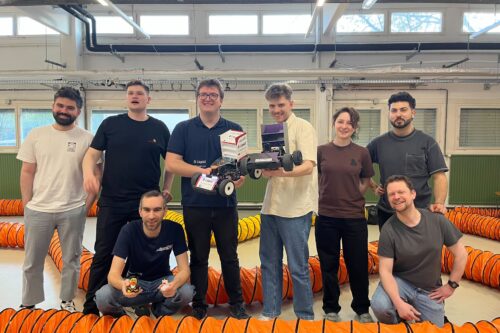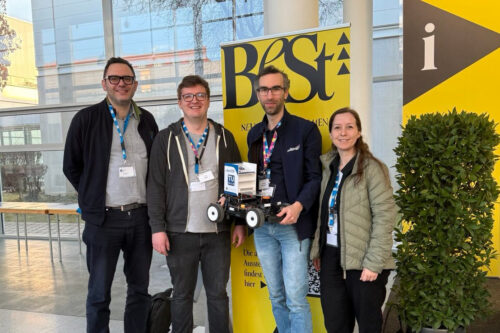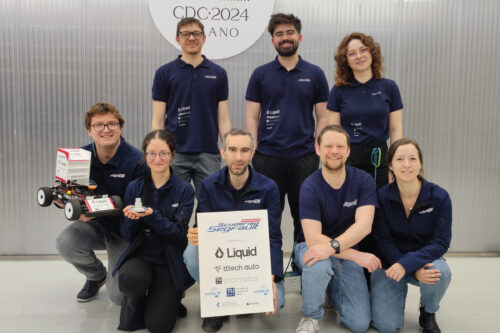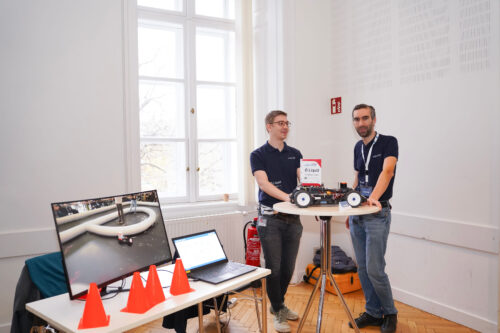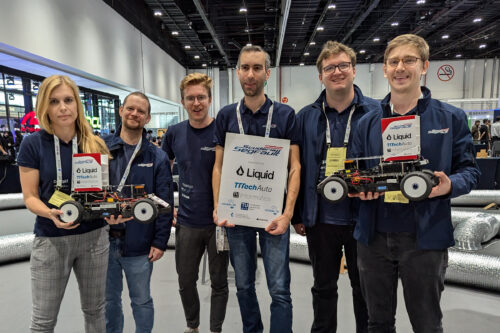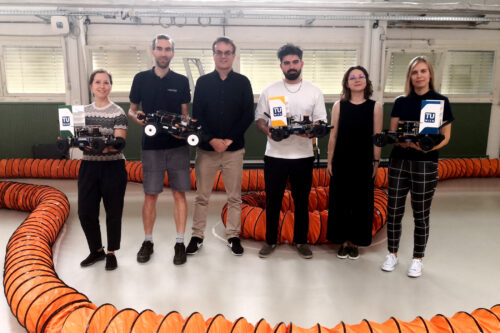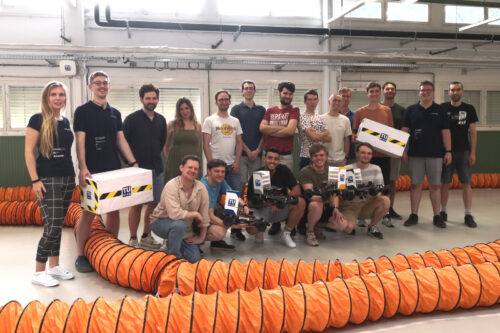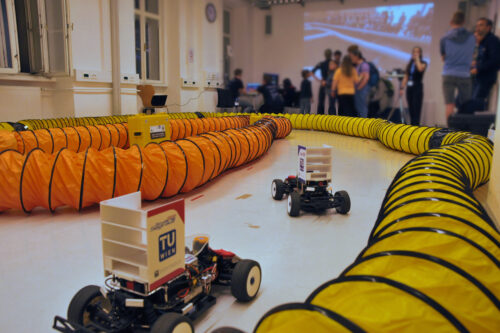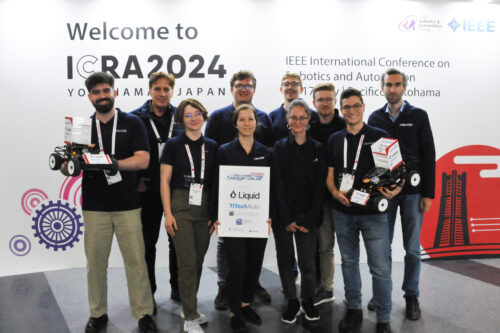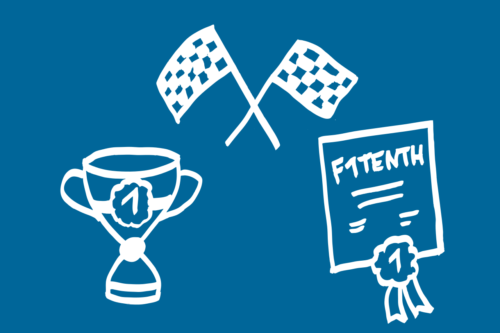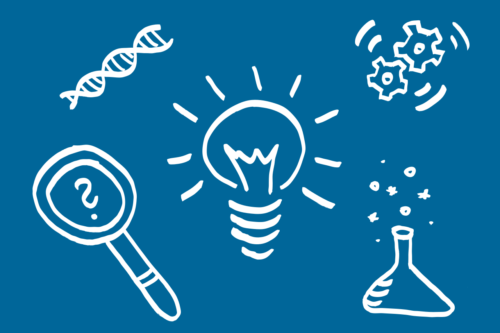Scuderia Segfault is TU Wien’s team for autonomous racing at the Cyber-Physical Systems research unit. Explore our website to learn more about teaching in the field of autonomous driving, our research and racing!
What is RoboRacer?
The RoboRacer Program and Foundation promotes science, technology, engineering and mathematics (STEM) education.
This is done by providing teaching and training materials for university courses on robotics, self-driving vehicles and on the foundations of autonomous systems. It organizes community events such as international autonomous races. It further organizes education events such as workshops, tutorials, seminars and panels on building safe autonomous vehicles. The software and hardware designs are shared as open-source.
For more information on RoboRacer see: https://roboracer.ai/
RoboRacer at TU Wien
In 2020, autonomous racing was introduced at TU Wien by Prof. Radu Grosu (Head of Research Division Cyber-Physical System) with the new lecture 191.119 Autonomous Racing Cars.
For more information on teaching at TU Wien see: RoboRacer Teaching.
Students of this class subsequently took part in several competitions. Our team was not only able to win the first Virtual Autonomous Racing Grand Prix in 2020 but also score podium placements in the following years. Besides winning and reaching top positions, the exchange with international teams from different universities is a great experience. Discussions about strategies and open research directions are very fruitful and inspiring.
For more information on racing see: RoboRacer Racing.
The RoboRacer platform is well known in the research community and, therefore, provides a viable test-bed for a range of research projects in the field of autonomous driving.
For more information on our research topics see: RoboRacer Research.
Contacting team Scuderia Segfault
To reach out to us, please see the contacts page.


